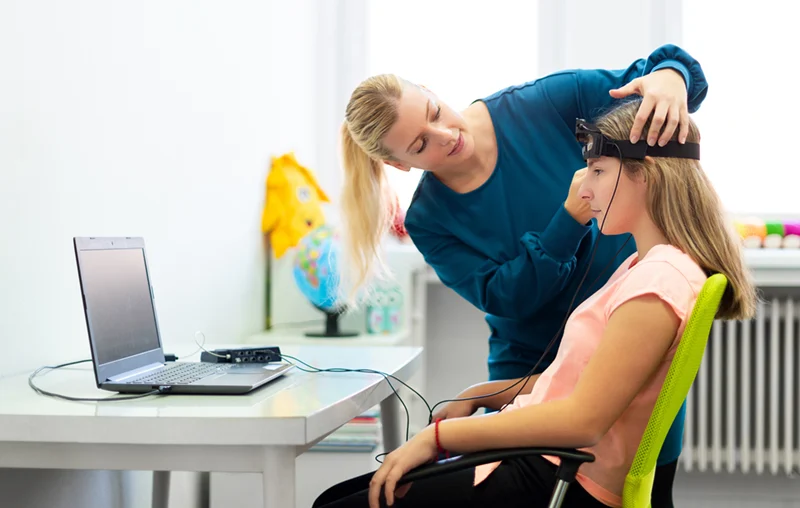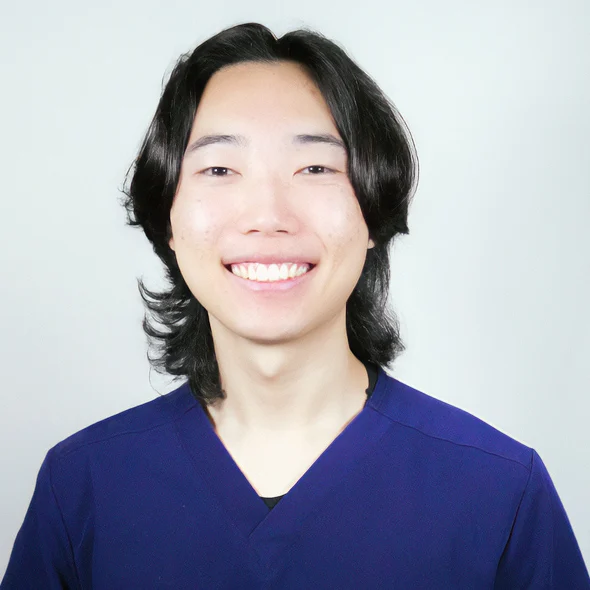What is Hyperbaric Oxygen Therapy?
Hyperbaric oxygen therapy (HBOT) involves breathing pure oxygen in a pressurized environment. This allows the body to absorb more oxygen than it would at normal air pressure. Oxygen is essential for overall health, and increased oxygen levels can enhance physiological function and well-being. While HBOT treats many medical conditions, we will highlight a few key ones.
Traumatic Brain Injuries
Individuals with traumatic brain injuries (TBI) often experience reduced oxygen flow to the brain. This can result from low blood pressure due to blood loss or swelling that restricts oxygen supply. HBOT significantly increases oxygen availability, which supports brain function. Research also shows that it improves memory, executive function, and information processing speed.
Stroke and Cognitive Issues
Like TBI patients, stroke survivors also suffer from reduced oxygen flow to the brain. Without enough oxygen, brain tissue becomes damaged, affecting overall function. HBOT enhances blood flow to these areas, speeding up tissue recovery. It also supports cognitive function, leading to a better quality of life.
COVID-19 Recovery
Low oxygen levels (hypoxemia) play a major role in COVID-19 complications. This condition impairs circulation and breathing. In a hyperbaric chamber, oxygen can pass through inflamed lung tissue more easily, reaching the bloodstream. This helps repair damaged organs and speeds up recovery.
HBOT at Norcal Brain Center
At Norcal Brain Center, HBOT sessions last 90 minutes in a pressurized chamber. During treatment, patients can use their phone, read a book, or take a nap while benefiting from increased oxygen levels.
If you have questions or wonder if HBOT is right for you, schedule a free consultation on our website or call (408) 585-5275.







